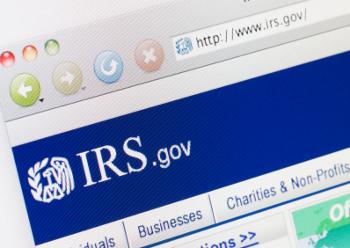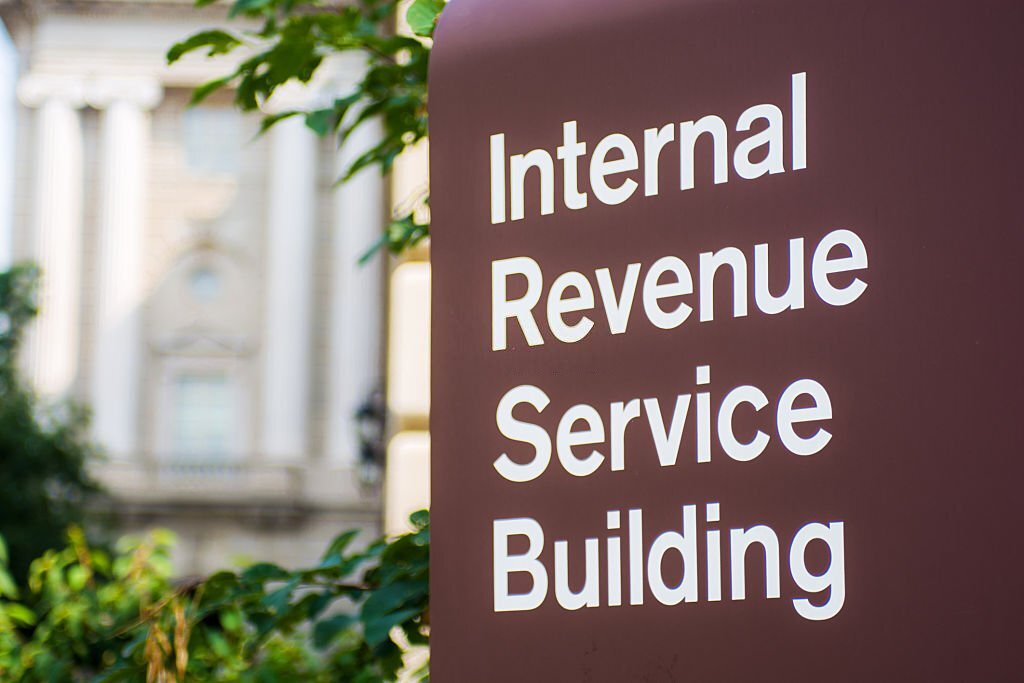The IRS generally charges interest on amounts that are unpaid, and this interest is compounded and will continue to accrue on any unpaid portion until fully paid. This is also true of the unpaid portion of IRS penalties. Since the underpayment of interest is statutory,[1] there is no requirement for the IRS to go through the same deficiency procedures that are required when tax is assessed. To put it simply, the IRS does not have to make a separate assessment to collect interest; it is a matter of law.[2] As with the collection of unpaid tax, the IRS generally has ten years from the date the interest on the underlying tax is assessed to collect unpaid interest before the statute of limitations runs out. Keep in mind that several situations can extend the statute of limitations on collection, so be sure to obtain an account transcript from the IRS to confirm the statute of limitations date is correct.
Extensions provide a taxpayer additional time to file their return, but not additional time to pay the tax due. As such, extensions are disregarded for payment purposes and interest will start to accrue if the tax is not paid on or before the due date of the return. When the due date of a return falls on a weekend or legal holiday, the return is due the next business day that is not a weekend or holiday, and any portion of the tax that is not paid by the due date is considered late. In this situation, interest will begin from the original due date of the return (for Individual Form 1040 returns, that would be April 15th and not on the next day.
With the exception of certain ad valorem tax penalties, when it comes to interest included on a notice of liability, whether it be for unpaid taxes or penalties[3] that are due, a taxpayer has 21 calendar days from the date on the letter to pay the entire balance due. If the entire amount is paid within 21 calendar days, the taxpayer will not incur any additional interest. However, if the demand for payment is equal to or more than $100,000, a taxpayer only has 10 business days to pay the amount in full without incurring additional interest. Taxpayers who live overseas (including taxpayers living in Puerto Rico) and who use APO, FPO or DPO addresses have a 45-day grace period to pay the tax due before interest accrues.[4] When the last day to pay the interest falls on a weekend or legal holiday, the payment will still be considered timely if paid on the next business day.[5]
At times, a current year overpayment is not refunded but applied to a prior year’s delinquent liability. When this happens, the interest on the underpayment accumulates from the due date of the return that incurred the liability to the due date of the return that has the overpayment, if it was filed timely.[6] If the return that generated the refund was filed late or the taxpayer filed an invalid extension, then the interest on the underpayment will run until the date the return was filed.[7]
There are circumstances when interest is not assessed on an underpayment.
Interest is not assessed on an underpayment in the following circumstances:
¨ An individual taxpayer or corporation underpays or fails to pay estimated taxes[8]
¨ An employer fails to pay unemployment taxes[9]
¨ The IRS fails to notify the taxpayer of the tax liability due. The IRS has 36 months following the filing of a return to issue a notice of tax liability due. Interest is suspended from the day after the 36 months have passed until 21 days after the notice is issued.[10]
¨ The IRS fails to issue a notice and demand for payment within 30 days after a taxpayer agrees to an immediate assessment. No further interest will be assessed from the 31st day to the date the notice and demand for payment is issued.[11]
¨ If underpayment interest and overpayment interest run at the same time on equal amounts, no interest will be imposed. This is referred to as the Global Interest Netting Provision.[12]
Due to the character of some penalties, interest will begin to accumulate as of the due date of the return for which the penalties apply, as opposed to the receipt of a notice and demand for payment.
The following penalties accumulate as of the due date of the return (in addition to the Failure-to-Pay Penalty already discussed):
¨ Penalty for failure to file a return, including the Fraudulent Failure to File Penalty
¨ Penalty for income tax underpayments exceeding $1,000 caused by overvaluing the basis of property by 50 percent or more
¨ Penalty for estate and gift tax underpayments that exceed $1,000 due to an undervaluing of property
¨ Penalty for substantial understatement of income tax liability
¨ Penalty for underpayments caused by negligence or disregard of the rules or regulations
The American Jobs Creation Act of 2004 created IRC §6603, which is a procedure that allows taxpayers to stop the accrual of interest on a proposed assessment when a taxpayer makes a deposit on the potential liability in question. To the extent the deposit covers the amount of possible tax, no further interest will accrue on the proposed liability. The IRS refers to this method as a 6603 Deposit. If it turns out part or all of the deposit will be utilized to pay a final assessment, the tax will be considered paid as of the date the deposit is made.[13] The deposit and explanation is generally sent to the Service Center where the taxpayer is required to file his/her return, or the office where the return is currently under audit. Some practitioners recommend taxpayers only pay a portion of the amount that would be due if the taxpayer does not prevail in the audit. The reason being is that there is a concern that the IRS may interpret full payment as the taxpayer agreeing with the assessment, and as such, close the case.
Revenue Procedure 2005-18 lists the procedural requirements taxpayers’ must complete to make a deposit request. Along with a check or money order, a taxpayer making a 6603 Deposit is required to include a written statement that includes the following:
¨ The type of tax
¨ The tax year(s) involved
¨ Description of the income, deduction, credit, carryover, tax treatment, etc. that is in question
¨ Amount and method to which the tax in question is calculated. (If the taxpayer already received a 30-day letter or NOD, the taxpayer may use the proposed tax calculation on the letter and attach a copy of the letter.)
¨ Clearly state the payment is “Pursuant to IRC 6603” or “Rev. Proc. 2005-18”
Whether interest is assessed on tax due, a penalty, or both it is important for practitioners to understand the basic nuts and bolts as to why, how and when the IRS determines the interest. With this knowledge, practitioners are better equipped to represent taxpayers in making sure the interest they incur is accurate and, in even rarer cases, when it can be abated.
========
Dave Du Val is the Chief Customer Advocacy Officer for TaxAudit. At TaxAudit, he ensures that the entire team is on the forefront of tax education, research, best practices, and audit representation. He is an Enrolled Agent and federally authorized tax practitioner, who has prepared thousands of returns during his career and has trained and mentored hundreds of tax professionals. He is a member of the National Association of Tax Professionals, the National Association of Enrolled Agents, and the California Society of Enrolled Agents. He is a frequent guest speaker for the California Society of Tax Consultants, the California Society of Enrolled Agents, and the National Association of Tax Professionals.
[1] IRC §6601(g)
[2] U.S. v. Toyota of Visalia, Inc., DC Cal, 91-2 USTC ¶772 F Supp 481, aff’d. CA-9
[3] IRC §6601(e)(2)(A)
[4] IRM 20.2.5.4 (04-27-2016)
[5] Reg. §301.6601-1(f)(5)
[6] Rev. Rul. 88-97, 1988-2 CB 355, January 1, 1988
[7] Rev. Rul. 88-97, 1988-2 CB 355, January 1, 1988
[8] IRC §6601(h)
[9] IRC §6601(i)
[10] IRC §6404(g)(1)(A), (g)(3)
[11] IRC §6213(d)
[12] IRC §6621(d)
[13] IRC §6603(b)
Thanks for reading CPA Practice Advisor!
Subscribe Already registered? Log In
Need more information? Read the FAQs




